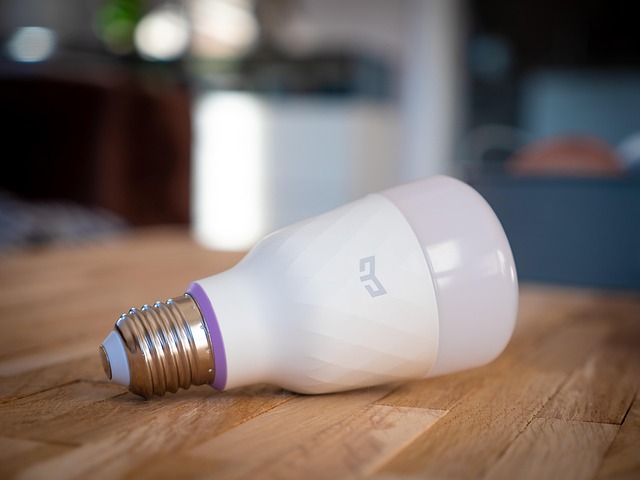In a world where technology continually transforms our lives, smart sensing systems have emerged as a pivotal component in enhancing interaction between humans and machines. These systems enable robots and AI to perceive and respond to their environments in real-time, creating an unprecedented level of engagement that reshapes our understanding of interaction.
Consider the field of robotics. Today’s robots, equipped with advanced smart sensing systems, can navigate complex environments, recognize human emotions, and learn from their surroundings. This ability to understand nuances—such as tone of voice or facial expressions—allows them to interact in a more human-like manner. For instance, healthcare robots can offer companionship to patients, responding not only to their physical needs but also to emotional cues. Such integration fosters a sense of trust and reliability, making interactions feel more personal and engaging.
Artificial intelligence takes this evolution further. With the integration of smart sensing systems, AI can process vast amounts of data from its surroundings, leading to faster and more informed decision-making. Imagine an AI personal assistant that not only schedules your meetings but also understands your preferences, moods, and habits. It can prioritize tasks based on your mental state, responding adeptly to your emotional highs and lows—reinforcing the idea that AI can be a true collaborator in our daily lives.
In the realm of business, the impact of smart sensing systems is profound. Automation has streamlined operations, but it’s the interaction facilitated by these systems that truly revolutionizes the corporate landscape. Retailers, for example, are using sensors to monitor customer behavior in-store, allowing them to create customized shopping experiences. A smart retail environment can adapt in real-time, offering promotions or product recommendations based on a customer’s previous interactions and preferences. This level of personalization can transform a mundane shopping trip into a tailored experience, fostering brand loyalty and customer satisfaction.
Moreover, smart sensing systems can enhance workplace efficiency by monitoring workflow and employee engagement. Advanced AI systems can analyze data from various sources, detecting when team morale dips or identifying bottlenecks in a process. By addressing these issues proactively, businesses can create a more harmonious working environment, ultimately leading to higher productivity and employee retention.
The potential of smart sensing systems transcends traditional boundaries, bridging the gap between physical presence and virtual interaction. As these systems evolve, they will empower us to create a future where interaction becomes more meaningful, responsive, and tailored to our needs. By integrating robotics, AI, and smart technologies in business environments, we cultivate a culture that embraces innovation and fosters human connection.
As we continue to explore the capabilities of smart sensing systems, it is crucial to embrace the feeling of excitement they inspire. They represent a future where technology enhances our lives, fostering more profound interactions, allowing us to engage with our surroundings in ways we never deemed possible. This revolution is not merely about progress; it’s about creating experiences that resonate on a human level, reminding us that at the core of every technological advancement lies the desire for connection.



